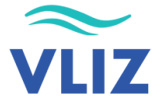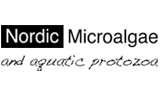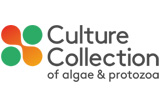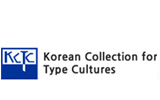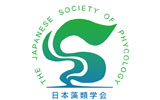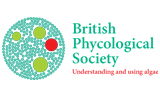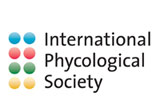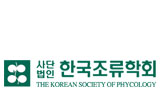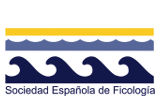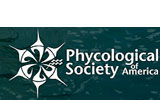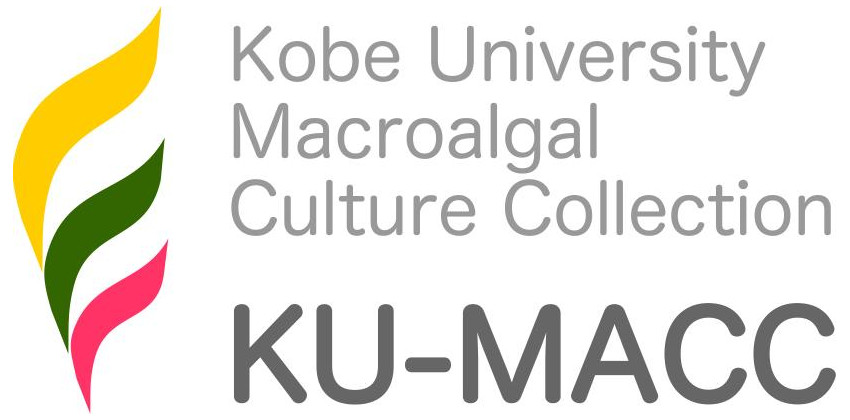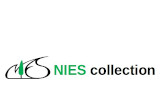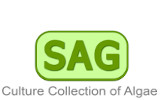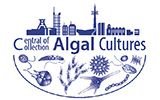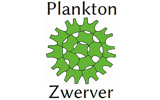Didymosphenia geminata (Lyngbye) Mart.Schmidt 1899
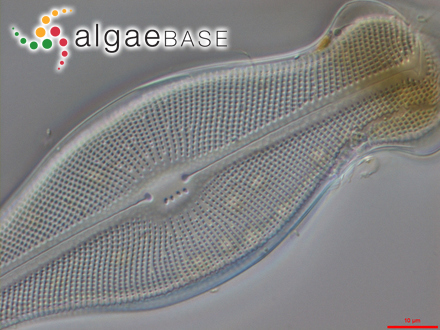
Current name:
Didymosphenia geminata (Lyngbye) Mart.Schmidt
Winthrop, Washington, USA; Methow River, Lugols, 1000x DIC - 15 January 2011. Karl Bruun
Publication Details
Didymosphenia geminata (Lyngbye) Mart.Schmidt 1899: pl. 214: figs 7-10
Published in: Schmidt, A.[W.F.] (1899). Atlas der Diatomaceen-kunde. Series V: Heft 54 . pp. pls 213-216 [M. Schmidt]. Leipzig: O.R. Reisland .
Type Species
This is the type species (holotype) of the genus Didymosphenia.
Status of Name
This name is of an entity that is currently accepted taxonomically.
Basionym
Echinella geminata Lyngbye
Type Information
in ins. Faer. ad saxa rivulorum subalpest. prope Argehospital et rupem Skielling [Faroe Islands]; (Lyngbye 1819: 219)
General Environment
This is a freshwater species.
Created: 11 April 2002 by M.D. Guiry.
Last updated: 29 January 2024
Verification of Data
Users are responsible for verifying the accuracy of information before use, as noted on the website Content page.
Linking to this page: https://www.algaebase.org/search/species/detail/?species_id=31545
Citing AlgaeBase
Cite this record as:
G.M. Guiry in Guiry, M.D. & Guiry, G.M. 29 January 2024. AlgaeBase. World-wide electronic publication, National University of Ireland, Galway. https://www.algaebase.org; searched on 26 April 2024
 Request PDF
Request PDF